A casual conversation about high speed photography.
Introduction
Whether you’re a wildlife or sports photographer, speed is a significant factor when it comes to capturing that single moment in a frozen plain. While some people have mastered the art through thousands of attempts and years of experience, others still struggle with quick-moving subjects. But you what? That’s totally okay. It indeed is a complex skill, if not one of the most.
The challenge within high-speed photography lies within not only freezing the subject in focus but also composing the image to encapsulate relevant information for the viewers. It’s almost like telling a story in one second! Luckily, there is much to be done to facilitate this process and help photographers nail THAT shot. So without further ado, here are my 5 tips for shooting high-speed subjects.
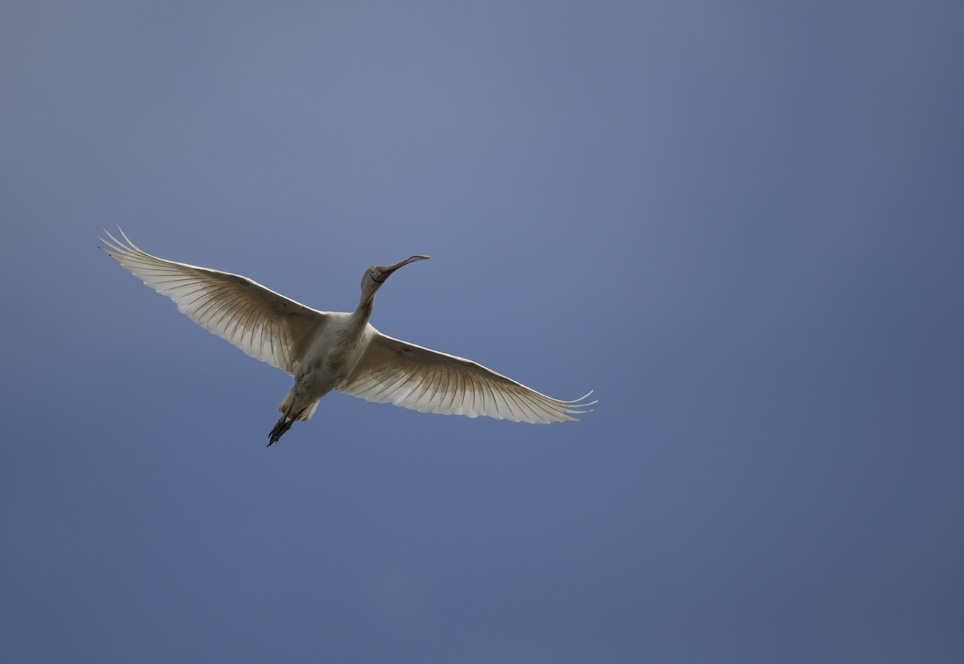
A yellow spoonbill soaring through the morning sky.
1. Bump up that speed.
It usually goes without saying that you need a high shutter speed to capture high-speed subjects. But, if you still don’t know that, here’s your sign to go ahead and give that a go. Basically, the higher the shutter speed, the fastest your shot will be taken. Therefore, generally freezing everything in motion while in movement.
A good rule of thumb to follow is to try and always be above the lens length number. For example - with a 600mm, your shutter speed should be 1/600S. Another great rule is to try and always be above 1/1000S. This will generally eliminate any motion in moving images and result in a beautiful still photo.
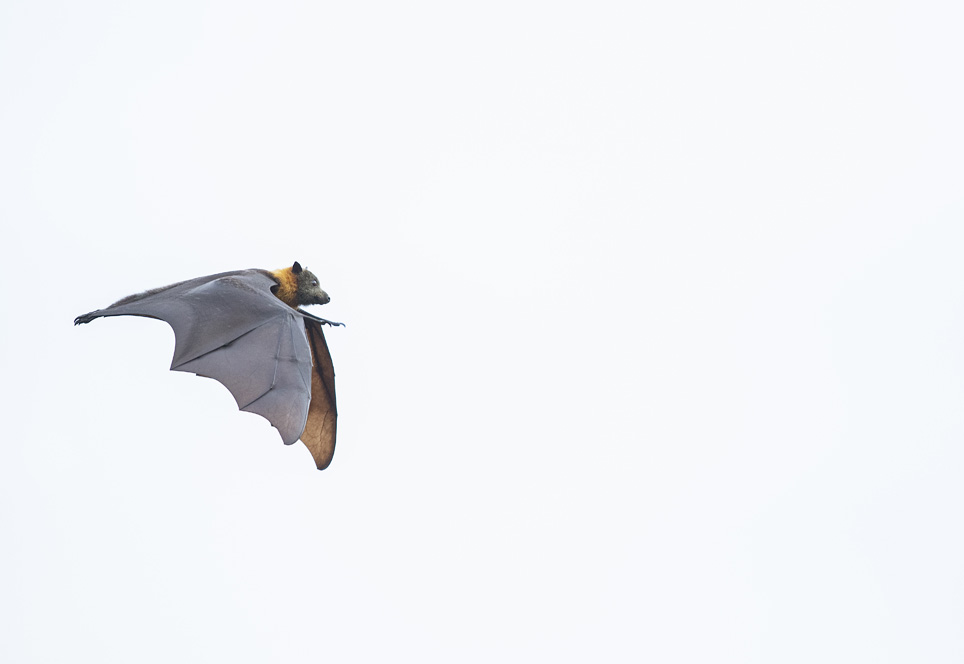
A flying-fox returning to its camp in the morning.
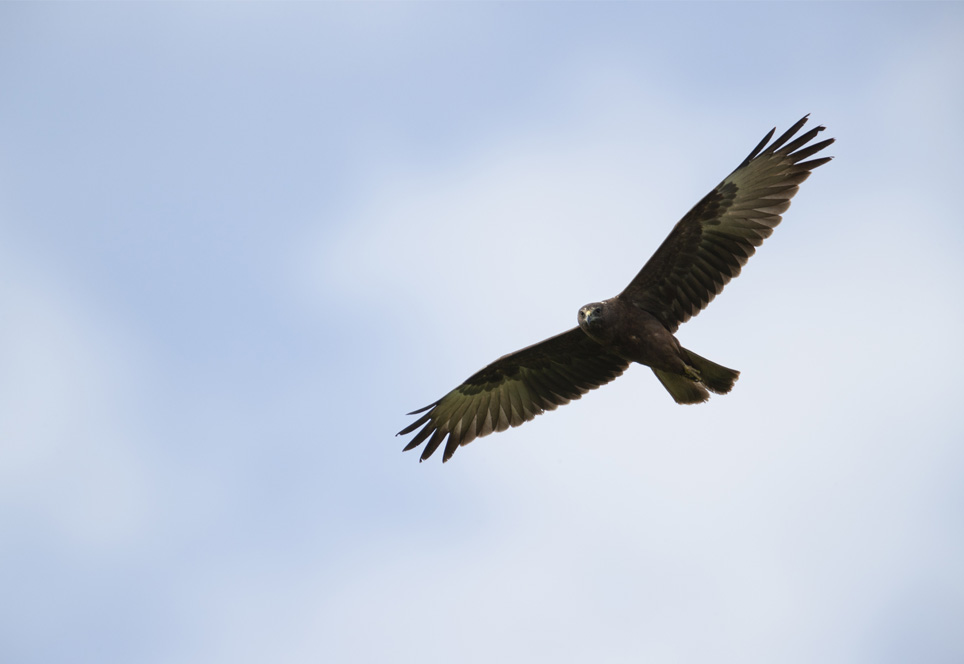
A swap harrier searching for prey.
2. Raise the sensitivity.
The most crucial part of capturing high-speed shots is preparing the camera for the incoming photo opportunity. We know about shutter speed, but it sometimes can’t operate by itself. Here’s when ISO comes into the equation.
Sensor sensitivity or “ISO” for short can be a big game-changer when photographing high-speed scenes. In lowlight scenarios, ISO usually has the capability to completely turn night into day. However, if not moderated, this can also ruin an image by generating an enormous amount of noise. All in all, it’s key to experiment and the ideal ISO setting for your typical usage.
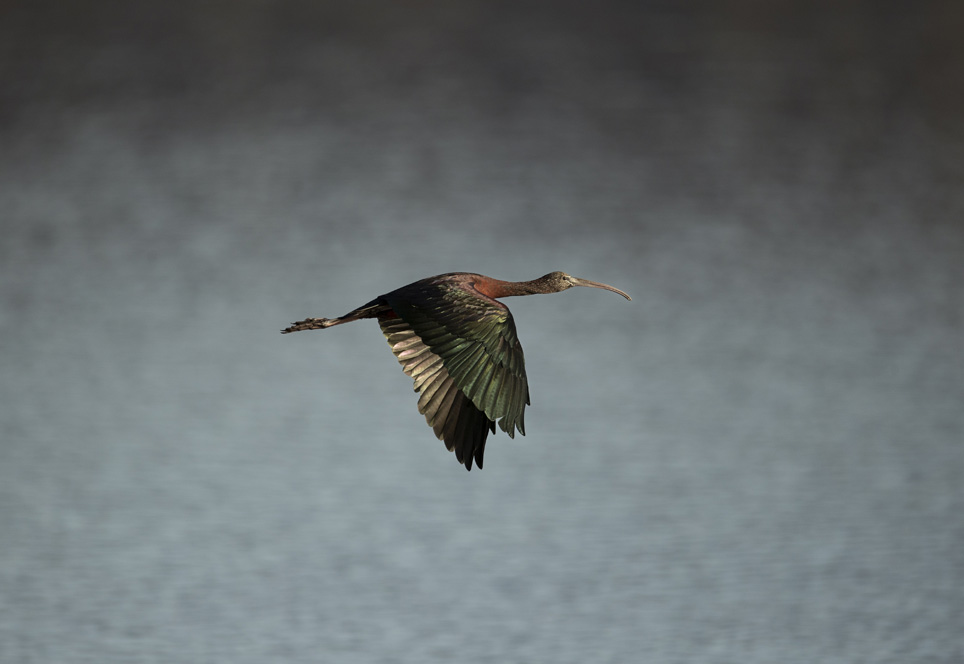
A glossy Ibis soars above a lagoon at sunset.
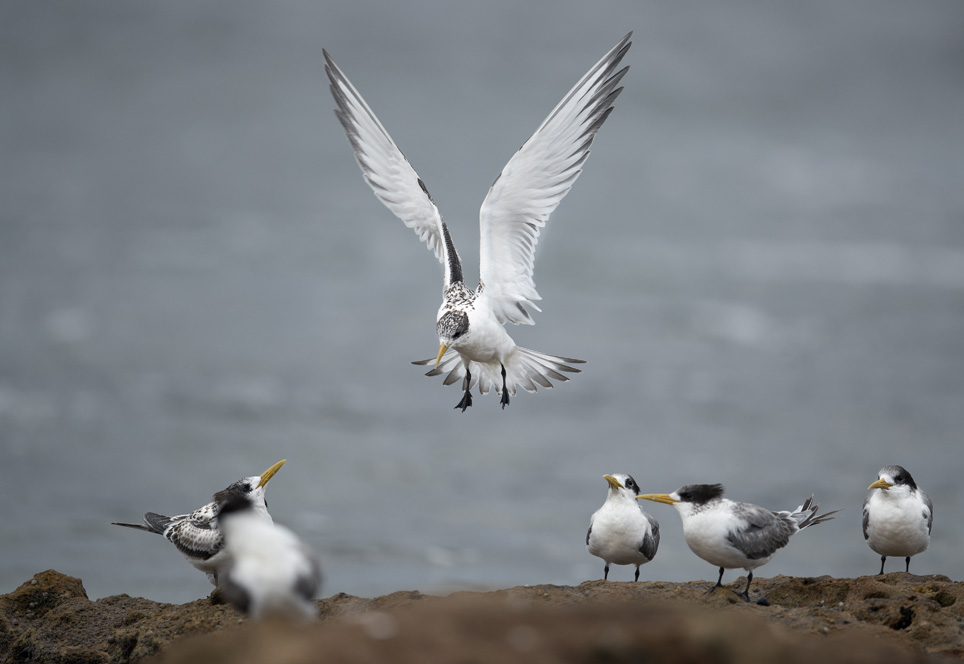
A Crested Tern descending towards its colony.
3. Dial it way down.
What your camera sees is also an essential aspect of high-speed photography. This is where aperture joins shutter speed and ISO for a collaboration. Typically, the more your camera sees, the harder it will be for the camera to focus on one subject.
Aperture essentially works together with ISO. Therefore, the lower your aperture (bigger the diaphragm), the lower your ISO will need to be to balance the photo out. This will also help you by permitting you to increase the speed drastically on many occasions. So yeah, keep that number low
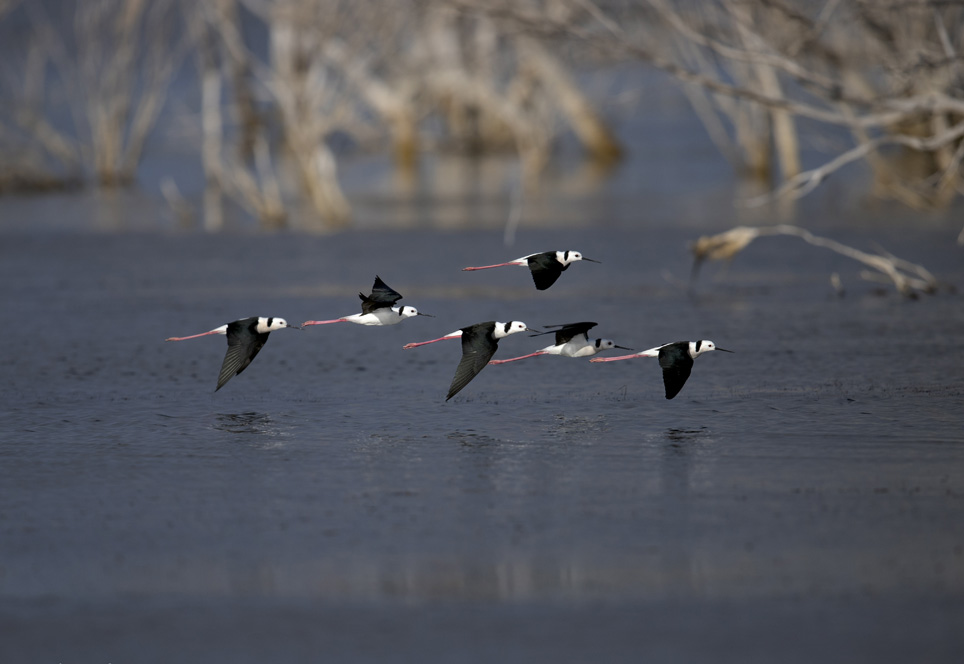
A squadron of black winged stilts flying together.
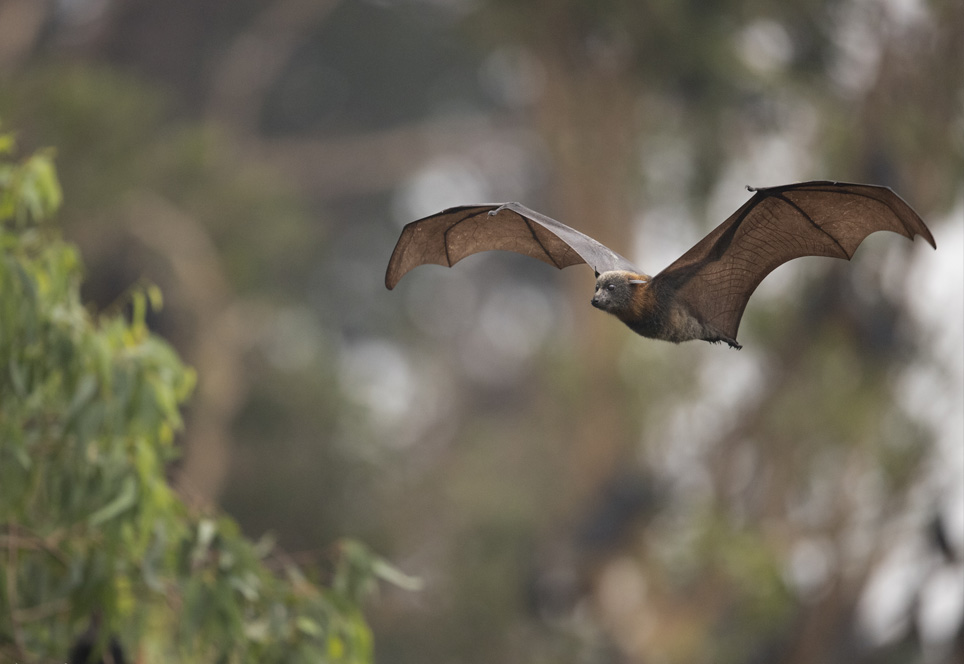
A flying-fox soaring through the trees as the sun rises.
4. Use the three legged thing.
As annoying tripods and monopods can be, they’re essential for erratic moving subjects. The most straightforward reason is that it eliminates many of the vibrations that a handheld setting has. And for telephoto lens users, it generally facilitates the users handling by taking the weight away. Therefore, the user can track the subject continuously as you move the equipment comfortably and hassle-free.
Essentially, using a tripod ensures that images will not end up shaky. And that’s what you want! A sharp, crispy, still photo of whatever you’re photographing combined with the total comfort of moving about is totally weightless
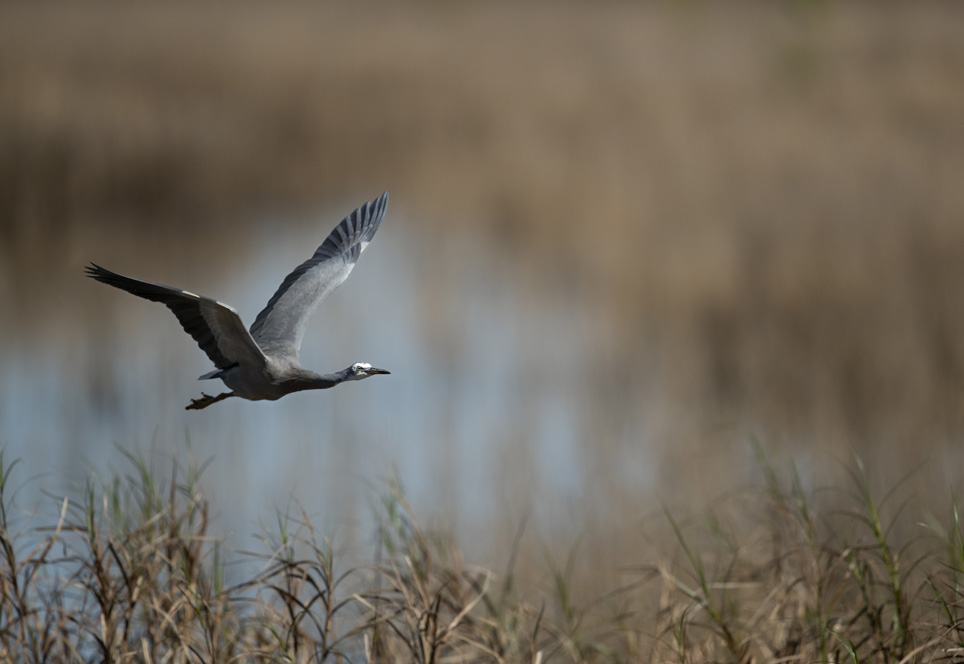
A white faced heron flying above lagoon reeds.
5. Press that trigger!
Last but not least, remember to practice always and occasionally let yourself go trigger happy. This helps you create viewfinder awareness, improve your reflexes, and enable you to create better photos through experience. So go out there and press that trigger!